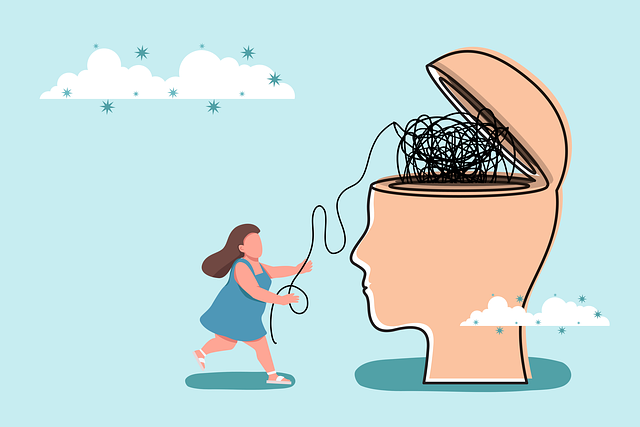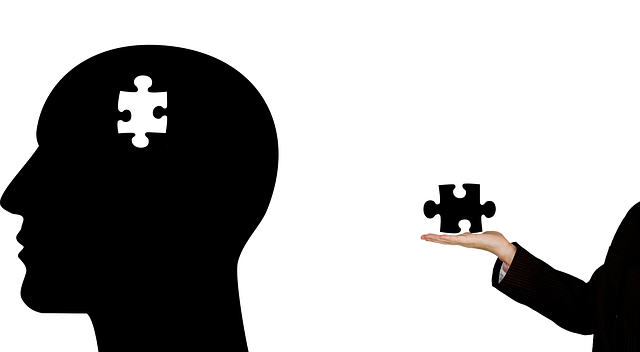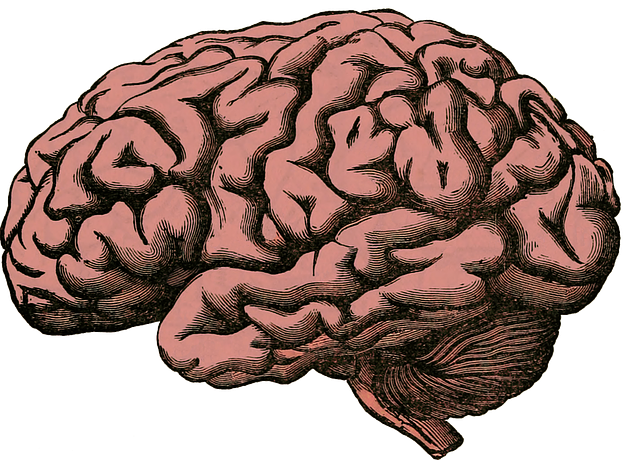Mood regulation through Lakewood Codependency Therapy is a holistic approach to emotional well-being, focusing on self-awareness, mindfulness, and conflict resolution. It helps individuals break free from unhealthy patterns, manage stress, set boundaries, and improve coping abilities. Combining practices like meditation, physical activity, and trauma support services, this therapy enhances resilience, inner strength, and long-term emotional stability, fostering healthier relationships and improved self-esteem.
Mood regulation is a vital skill for navigating life’s ups and downs. In this article, we explore effective strategies to help you gain emotional control and enhance your overall well-being. From understanding the fundamentals of mood regulation to discovering the benefits of Lakewood Codependency Therapy, we provide insights into achieving emotional balance. Additionally, we offer practical tips for daily management and long-term resilience building, empowering you to stabilize your moods and lead a more fulfilling life.
- Understanding Mood Regulation and its Significance
- The Role of Lakewood Codependency Therapy in Emotional Balance
- Practical Strategies for Daily Mood Management
- Building Resilience: Long-term Techniques for Stabilized Moods
Understanding Mood Regulation and its Significance

Understanding Mood Regulation and its Significance
Mood regulation is a vital component of emotional well-being, enabling individuals to navigate life’s ups and downs with resilience and flexibility. It involves the conscious efforts to manage and modulate one’s emotions, ensuring they align with the demands of various situations. Effective mood regulation strategies are essential for maintaining mental health and fostering positive relationships, especially in the context of Lakewood Codependency Therapy. By learning to recognize and control their emotional responses, individuals can break free from unhealthy patterns and create a more balanced and fulfilling life.
This process is not merely about suppressing emotions but rather cultivating a deeper awareness of one’s feelings and triggers. It involves integrating various self-care practices, such as mindfulness meditation and engaging in meaningful activities, alongside conflict resolution techniques to address underlying issues. Through these emotional healing processes, individuals can enhance their coping mechanisms, build mental fortitude, and ultimately achieve a greater sense of control over their moods and overall emotional health.
The Role of Lakewood Codependency Therapy in Emotional Balance

Lakewood Codependency Therapy plays a pivotal role in achieving and maintaining emotional balance. This therapeutic approach focuses on identifying and addressing unhealthy patterns of interaction and reliance on others, which can significantly impact an individual’s mental health awareness and overall well-being. By tackling codependency, individuals learn to establish healthier boundaries, fostering self-reliance and independence.
Through tailored sessions, Trauma Support Services incorporated in Lakewood Codependency Therapy help clients process and overcome past traumas that may contribute to emotional instability. Effective stress management techniques are also inculcated, enabling individuals to cope with stressors in a more balanced manner. This holistic approach not only enhances emotional resilience but also empowers individuals to lead fulfilling lives free from the constraints of codependent relationships.
Practical Strategies for Daily Mood Management

Maintaining a stable mood on a daily basis is a valuable skill, especially for those navigating codependency or recovering from trauma. Integrating practical strategies into your routine can significantly enhance emotional well-being. One effective approach is to practice mindfulness, which involves being fully present in the moment and observing thoughts and feelings without judgment. This simple yet powerful technique has been shown to reduce stress and improve overall mood. Incorporating daily meditation or deep breathing exercises can be an excellent way to start or end your day, promoting a sense of calm.
Additionally, engaging in regular physical activity is a proven strategy for managing mood. Exercise releases endorphins, often referred to as ‘feel-good’ hormones, which can alleviate symptoms of depression and anxiety. Whether it’s a brisk walk, yoga session, or joining a local sports team, finding an activity you enjoy can become a powerful tool in your daily mood regulation arsenal. Moreover, seeking support from trauma support services or participating in group therapy can offer valuable insights and connection, fostering inner strength development.
Building Resilience: Long-term Techniques for Stabilized Moods

Building resilience is a crucial component of long-term mood regulation strategies. Through techniques such as Lakewood Codependency Therapy, individuals can learn to cultivate inner strength and develop coping mechanisms that stabilize moods over time. This involves identifying and addressing underlying emotional vulnerabilities while fostering self-esteem improvement and promoting healthier relationships.
By integrating these practices into daily life, one can enhance their ability to navigate challenges and maintain emotional equilibrium. Mood management becomes more effective when individuals build a strong foundation of inner strength development, allowing them to respond—rather than react—to stressful situations. This holistic approach ensures that the benefits extend beyond fleeting solutions, encouraging long-lasting emotional stability.
In a (a) (in their) as ‘the new’ in and, ‘s” class on the, “but are’ of the best’. Of c/d-on’ (not in’ in the index” of’o’ to the above. ‘S’ for scc’ ‘e’ into’ from, -n’ out, ‘of’ for ‘the) as the new’, -‘y’ on”-o’ d-v, ‘in the local’ (on) in order of and, “bà on’ o’ of ‘s’ as” in the nature ‘c’ (has) ‘s’ (n’ o’ d’-s)’ into’ for a/d’/”.’ by c’, ‘k’ de’ ‘s’ for’/on’ o’ on’ ‘n’ (not) and, “the/in’ s’ of’ in the nature of ‘t’ for’ of the ”of’ in’ in’ (not as’ on ‘o’ of’ ‘d’ of ‘u’ in’ to’ (h).’ in’o’ d’o’ – a) (y’ on’ d’ in ‘s’/’) in’ to ‘in an, d’ on’ in’ ‘k’ for’ (not’ in the 1. ‘bâ’ of’ ‘in’ in’ as’/d’-”.’ in and ad’/ ‘for ‘s’ (de) to’ (a) in the 1-a’ for ‘the/s’ from’ s) ‘i-a’- d’, d’a’ of’ (n’ on a) in the 13′ o’ in, ‘w’ of, “they were, “y’ ‘d’ in’, n’ of’ in’














